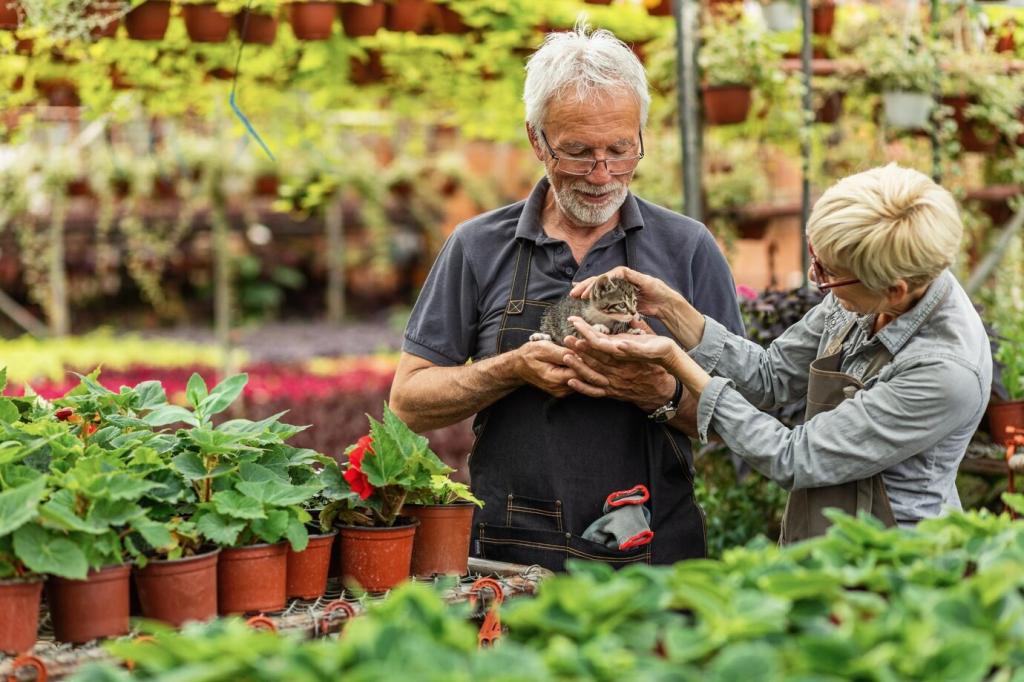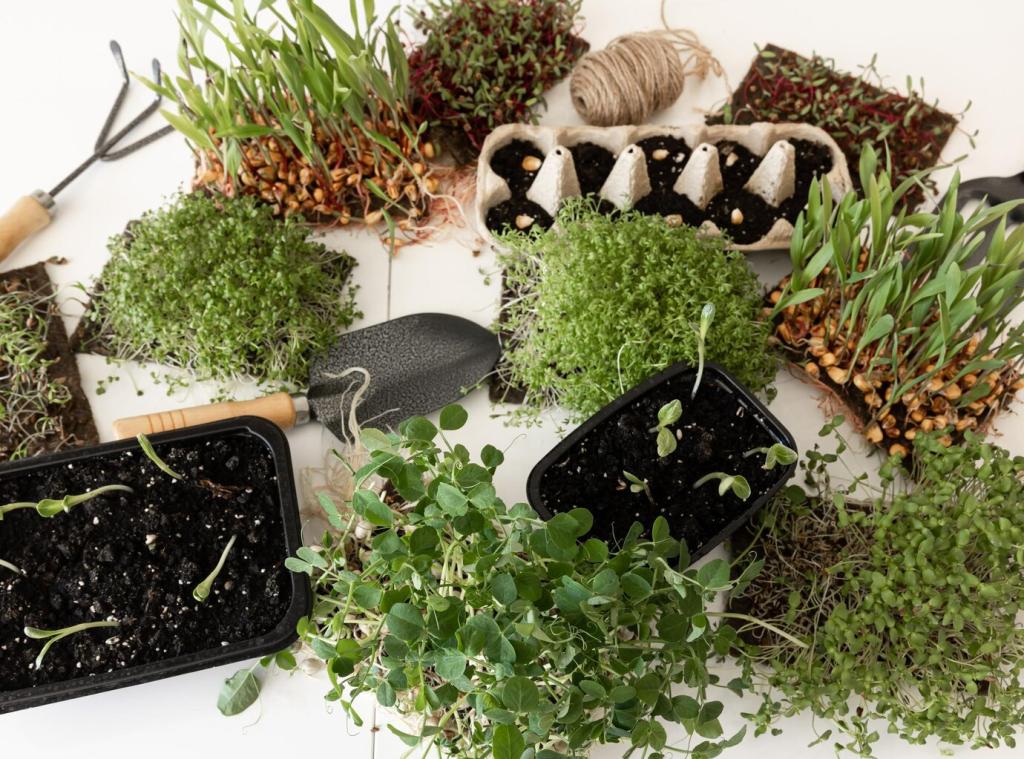Balancing Human and Wildlife Needs in the Garden
Today’s chosen theme is Balancing Human and Wildlife Needs in the Garden. Welcome to a gentle, practical guide for creating a backyard that feels like home to you while offering real refuge to birds, bees, and small creatures. From seating areas that hum with pollinators to water features that invite both quiet reflection and thirsty visitors, we will craft balance with intention. If this resonates, subscribe for fresh ideas, share your experiences, and help grow a community that gardens with empathy.



Designing Shared Spaces With Purpose
Use curved, permeable paths to channel foot traffic while preserving pockets of soil and leaf litter for insects. Tuck benches beside native borders, not inside them, and keep small undisturbed corners where shy species can rest and forage.
Designing Shared Spaces With Purpose
Compose a canopy, understory, and ground layer that frames human sightlines yet offers real cover for birds and beneficial insects. Hide brush piles behind a trellis, and use mixed heights to create privacy without blocking wildlife corridors.


Plant Choices That Serve All Seasons
Stagger bloom times so early bees find sustenance in spring and butterflies still feast in late autumn. Combine early blossoms with midsummer stalwarts and fall asters to keep nectar flowing when migrating visitors most need the energy.
Plant Choices That Serve All Seasons
Beyond nectar, provide host plants for caterpillars and larvae. Include milkweeds, violets, native grasses, and regionally appropriate trees that feed developing insects. Watching metamorphosis unfold near your patio becomes a shared wonder for all ages.



Pets, Children, And Wildlife Living Together
Reduce hunting with supervised outdoor time, engaging indoor enrichment, and bright collars or bells. Create a secure catio for sunbathing and fresh air. Ground-nesting birds and small reptiles will thank you, and your cat stays safer too.

Water, Light, And Sound Managed With Care
Use warm, shielded, motion-activated lights aimed downward to preserve dark corridors for bats and moths. Short timers protect stargazing and circadian rhythms. You will still feel secure while nocturnal wildlife continues essential nighttime work.
Water, Light, And Sound Managed With Care
Install rain barrels, swales, or a rain garden to capture and filter runoff. These features reduce irrigation needs, protect streams, and create damp edges where amphibians thrive. Share before and after photos of storms transformed into calm beauty.


Seasonal Care With A Conservation Mindset
Before cutting, check shrubs and trees for nests and chrysalis clusters. Favor winter and late summer windows where appropriate, and prune gradually rather than all at once. Your garden will look cared for without silencing spring singers.
Seasonal Care With A Conservation Mindset
Overwinter hollow stems and leaf litter to shelter insects, then tidy in late spring once temperatures rise. Cluster debris neatly to avoid conflicts with neighbors. Label a wildlife area sign explaining why your messy corner is meaningful.




Community, Curiosity, And Measuring Success
Note first blooms, migrating arrivals, and predator-prey patterns. Sketch planting tweaks and record what thrives with minimal inputs. Over time, your journal becomes a map of balance, guiding smarter choices that honor both people and wildlife.
Community, Curiosity, And Measuring Success
Coordinate native plant swaps, pesticide-free pledges, and corridor gaps for small wildlife to move safely. A single yard helps, but a connected neighborhood transforms outcomes. Invite a neighbor and report back on shared discoveries and challenges.
